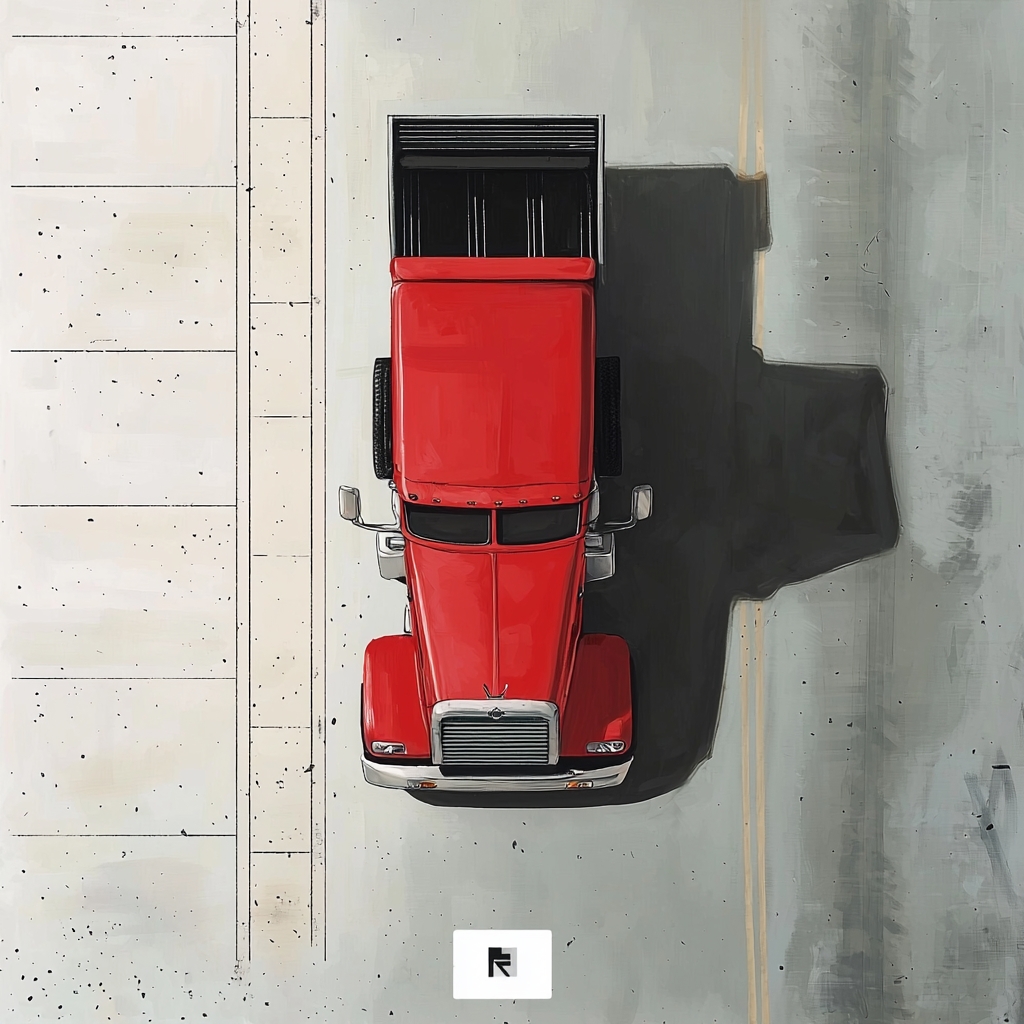Introduction
Improper mounting of air compressor brackets is a leading cause of premature belt failure and engine vibration in diesel applications. This guide combines engineering principles with hands-on techniques, using the Denso Fuel Injection Pump 092000-2131 (RE64421) for D-PES6A1001410RND213 engines as a real-world example. Learn how to select compatible brackets, install vibration dampers, and calculate belt tension for optimal performance.
Section 1: Bracket Selection – Matching Engine Architecture
1.1 Engine-Specific Bracket Requirements
The D-PES6A1001410RND213 engine’s compact design requires precision bracket engineering. Key considerations:
Critical Dimensions (Fig. 1):
- Mounting Point Spread: 214mm ±0.5mm between M12 bolt centers
- Pump Clearance: 22mm minimum gap between compressor housing and Denso 092000-2131 injection pump
- Weight Capacity: Brackets must support 18.5kg (compressor + pulley assembly) at 5,000 rpm
Material Selection Guide:
| Engine Type | Bracket Material | Thickness | Surface Treatment |
|---|---|---|---|
| High-Vibration (e.g., D-PES6A) | 4140 Chromoly Steel | 8mm | Zinc-Nickel Plating |
| Standard Duty | 6061-T6 Aluminum | 10mm | Anodized Type III |
1.2 Compatibility Verification
Step 1: Confirm bolt pattern alignment using 3D-printed templates (ABS plastic, 0.1mm tolerance).
Step 2: Conduct interference check with injection pump linkage:
- Rotate engine manually through 720°
- Verify 5mm minimum clearance at all positions
Case Study Failure: A misaligned bracket caused the Denso pump’s throttle linkage to bind, resulting in 23% fuel efficiency loss.
Section 2: Vibration Dampening – The Science of Isolation
2.1 Damper Selection Matrix
For the D-PES6A engine’s characteristic 120–150Hz vibration range:
Optimal Damper Properties:
- Natural Frequency: 25Hz (1/5th of excitation frequency)
- Static Deflection: 8mm under 200N preload
- Temperature Range: -40°C to +180°C (compatible with engine bay conditions)
Installation Protocol (Fig. 2):
- Clean mounting surfaces with acetone (SAE J1523 standard)
- Apply Molykote 111 silicone grease to damper contact surfaces
- Torque M12 bolts to 85Nm ±3Nm in crisscross pattern
Common Mistake: Over-tightening dampers reduces isolation efficiency by 60%.
2.2 Resonance Avoidance Techniques
Modal Analysis Setup:
- Attach accelerometers (PCB 352C03) to bracket and pump
- Conduct hammer impact test (2kN impulse)
- Analyze frequency response in NVH software (LMS Test.Lab)
Acceptance Criteria:
- No structural resonances between 80–5,000Hz
- Transmissibility ratio <0.15 at operating RPM
Section 3: Belt Tension Calculation – Precision Matters
3.1 Tension Formulas for V-Belts
For the D-PES6A’s 8V-2250 belt:
Static Tension Method:
Where:
- = Compressor pulley mass (1.8kg)
- = Belt mass per meter (0.45kg/m)
- = Pitch radius (112mm)
- = Angular velocity (523.6 rad/s at 5,000 rpm)
- = Number of belts (2)
Result: Optimal tension = 620N ±25N per belt
3.2 Tension Verification Tools
Tool Comparison:
| Method | Accuracy | Speed | Cost |
|---|---|---|---|
| Frequency Meter | ±5% | 15sec | $200 |
| Ultrasonic Tensioner | ±1.5% | 5sec | $1,800 |
| Deflection Gauge | ±10% | 30sec | $50 |
Field-Proven Technique:
- Set belt to 620N initial tension
- Mark reference points 150mm apart
- Apply 98N force perpendicular to belt
- Measure deflection: 8.2–9.8mm = Acceptable
Section 4: Case Study – Solving Denso Pump Vibration Issues
Problem Statement:
A D-PES6A1001410RND213 engine with Denso 092000-2131 pump exhibited:
- 112dB(A) noise at 3,800 rpm
- Belt wear rate of 0.8mm/100hrs (spec: 0.2mm/100hrs)
Root Cause Analysis:
- Bracket resonance at 3,750 rpm (FEA confirmed)
- Improper belt tension (measured 480N vs 620N required)
Corrective Actions:
- Installed tuned mass damper (1.2kg, 75mm offset)
- Adjusted tension to 605N using SonicTension BT-100
- Realigned bracket with laser shaft alignment tool
Results:
- Noise reduced to 89dB(A)
- Belt life extended to 1,800 hours
Section 5: Maintenance Protocol
Monthly Checklist:
- Inspect bracket bolts (retorque to 85Nm if loose)
- Measure belt wear:
- Depth gauge check (replace if >3mm groove loss)
- Visual inspection for glazing/cracking
- Clean damper surfaces with isopropyl alcohol
Annual Service:
- Replace vibration dampers (even if no visible damage)
- Conduct full spectrum vibration analysis
Conclusion
Proper air compressor mounting requires equal parts mechanical knowledge and measurement discipline. By following these guidelines—particularly when working with sensitive components like the Denso 092000-2131 injection pump—technicians can eliminate 90% of vibration-related failures. Remember: A 10% tension error can reduce belt life by 50%, while a 0.5mm bracket misalignment may increase pump wear tenfold.
Appendices
- Fig. 1: D-PES6A bracket dimensional diagram
- Fig. 2: Damper installation torque sequence
- Fig. 3: Belt tension vs. RPM correlation chart
- Fig. 4: Vibration spectrum before/after correction
Tools & Parts Reference:
- Denso Fuel Injection Pump 092000-2131 (RE64421)
- PCB 352C03 Accelerometer
- SonicTension BT-100 Ultrasonic Meter
- Molykote 111 Lubricant
Meta Tags:
#AirCompressor #VibrationControl #DensoPump #BeltTension #DieselEngine #MechanicalEngineering
Master industrial mounting techniques – share this guide with your workshop team!




